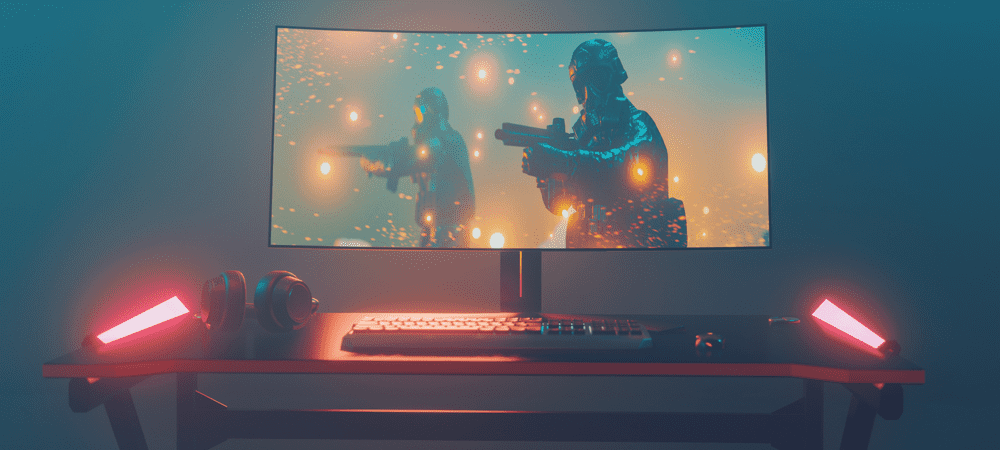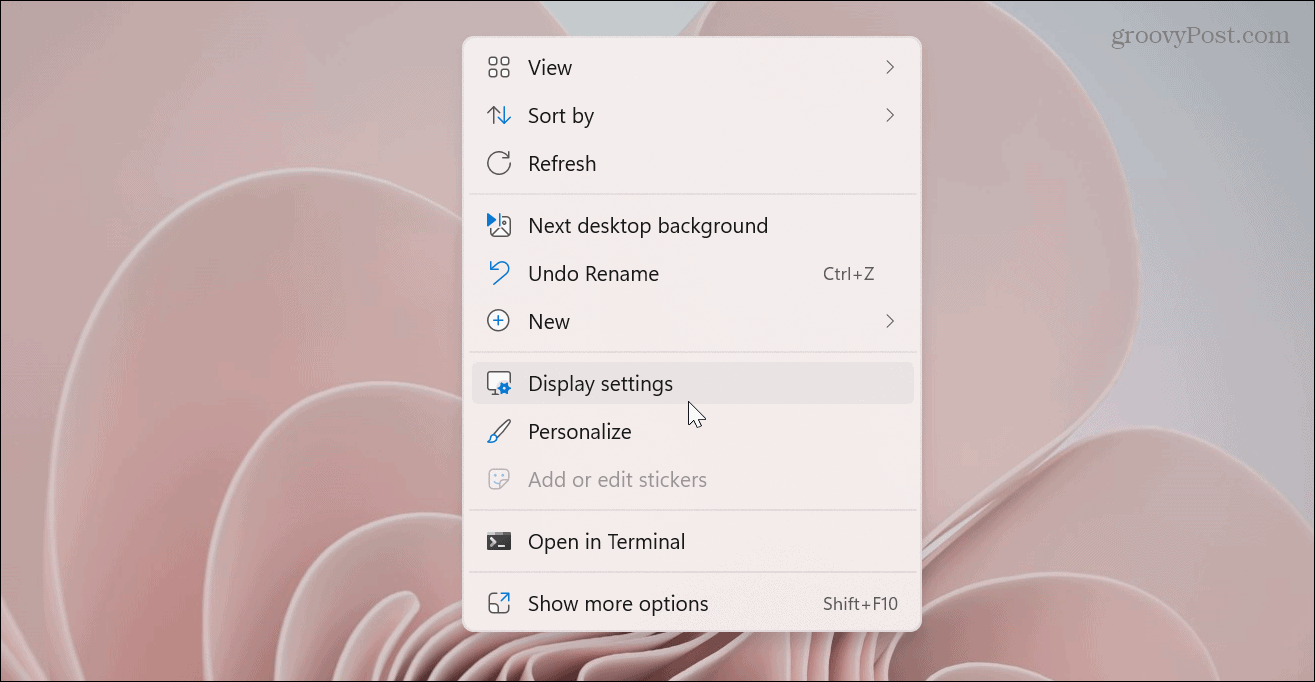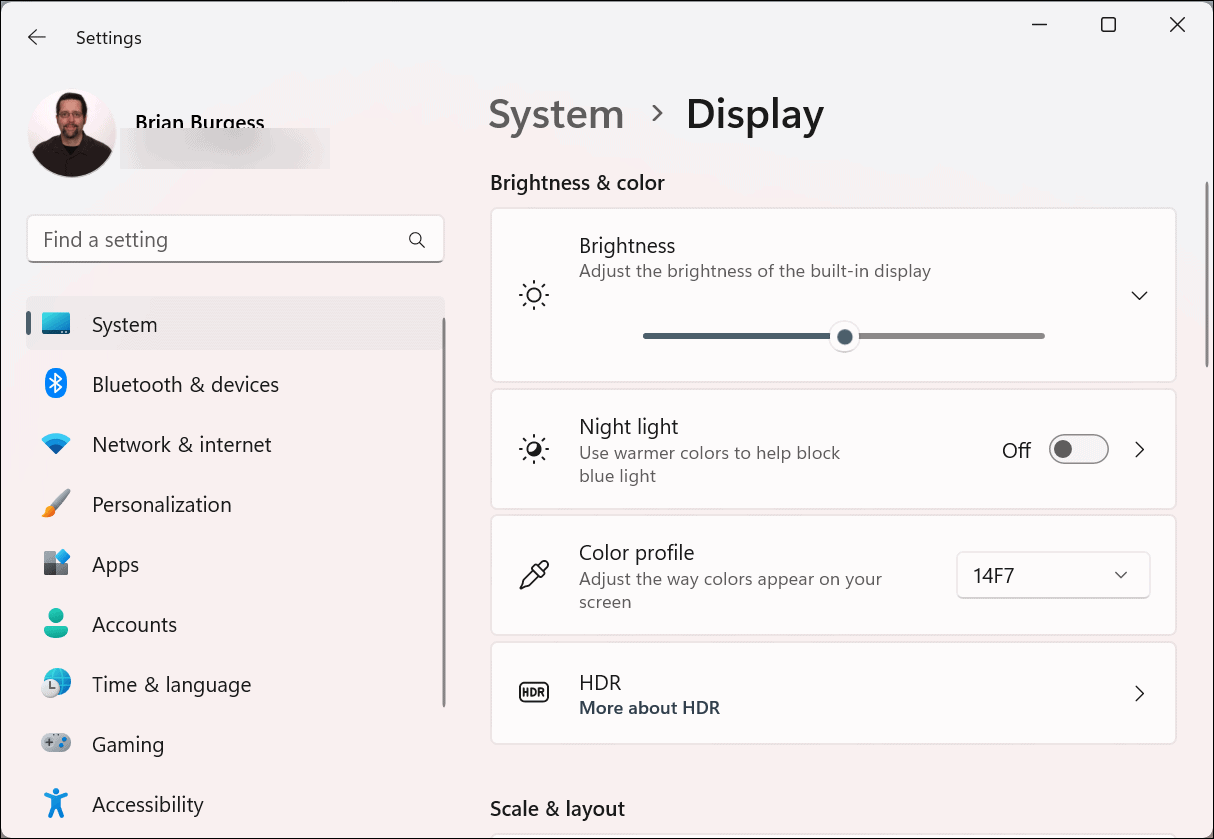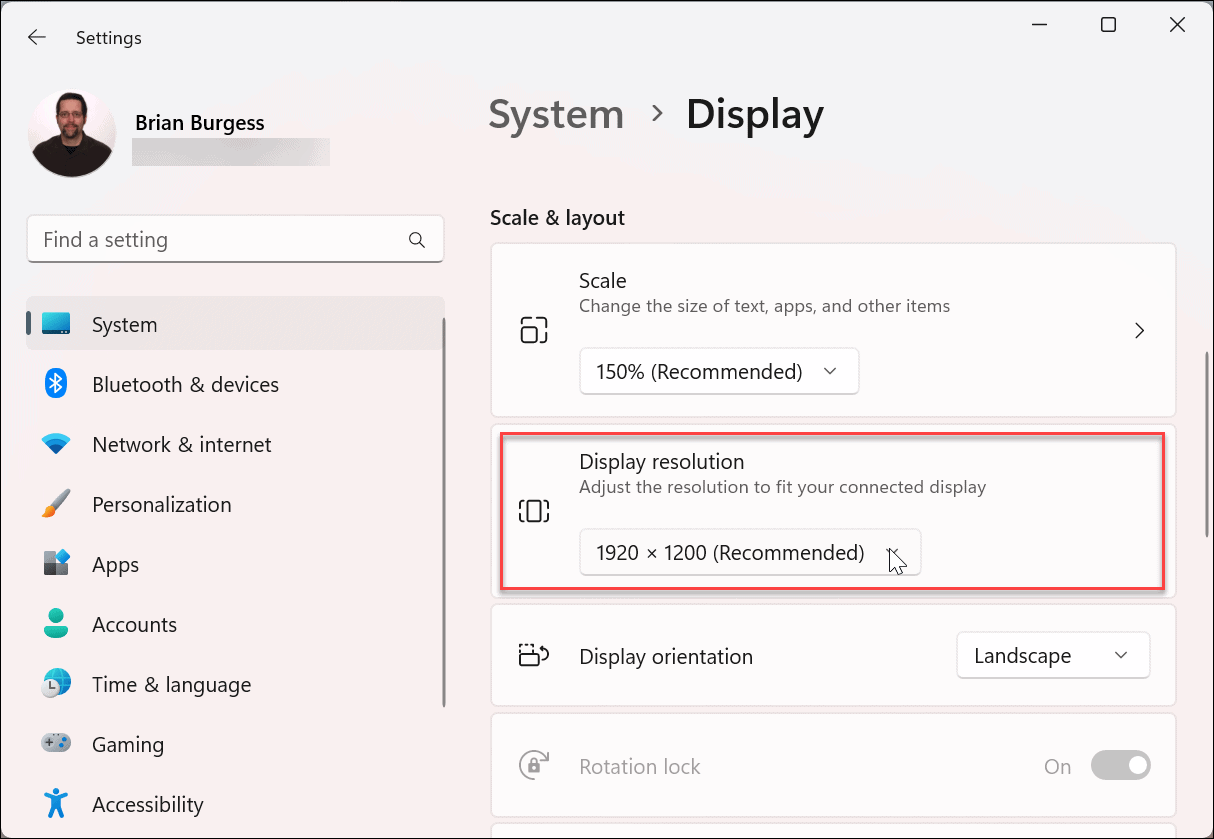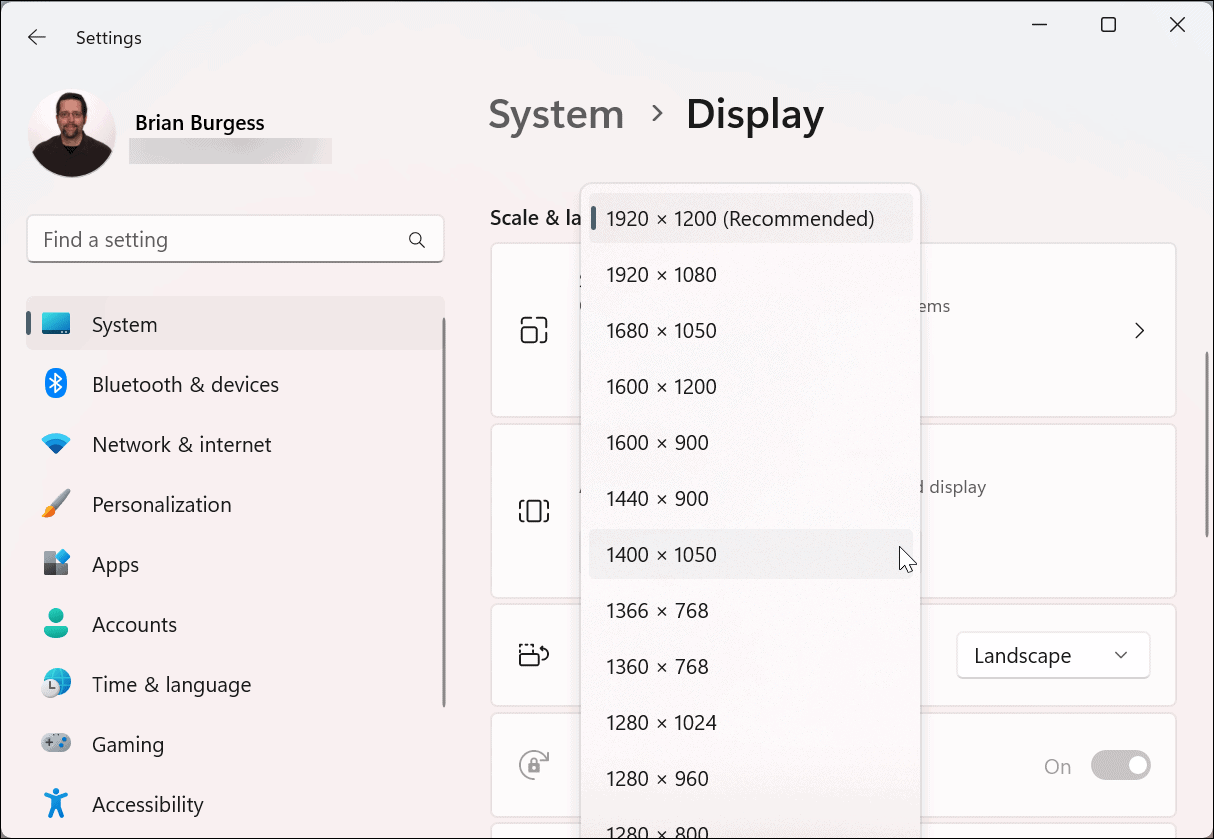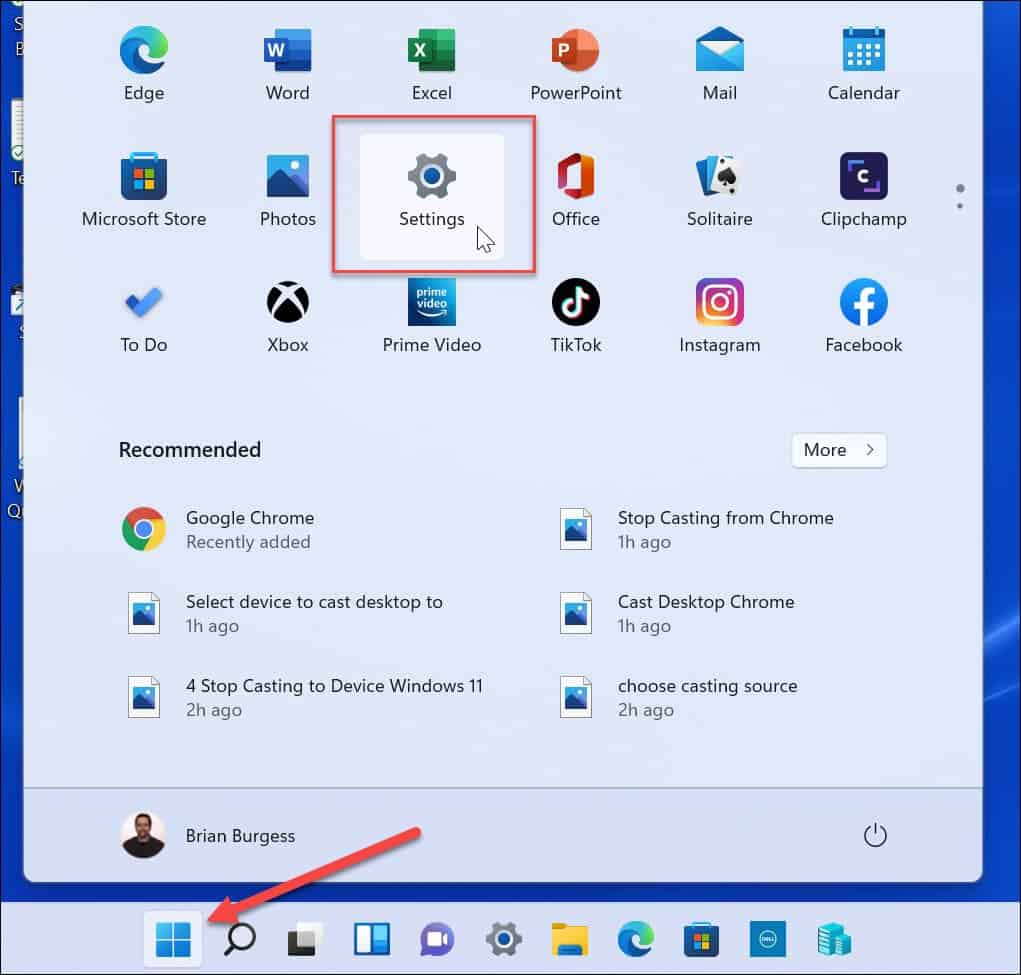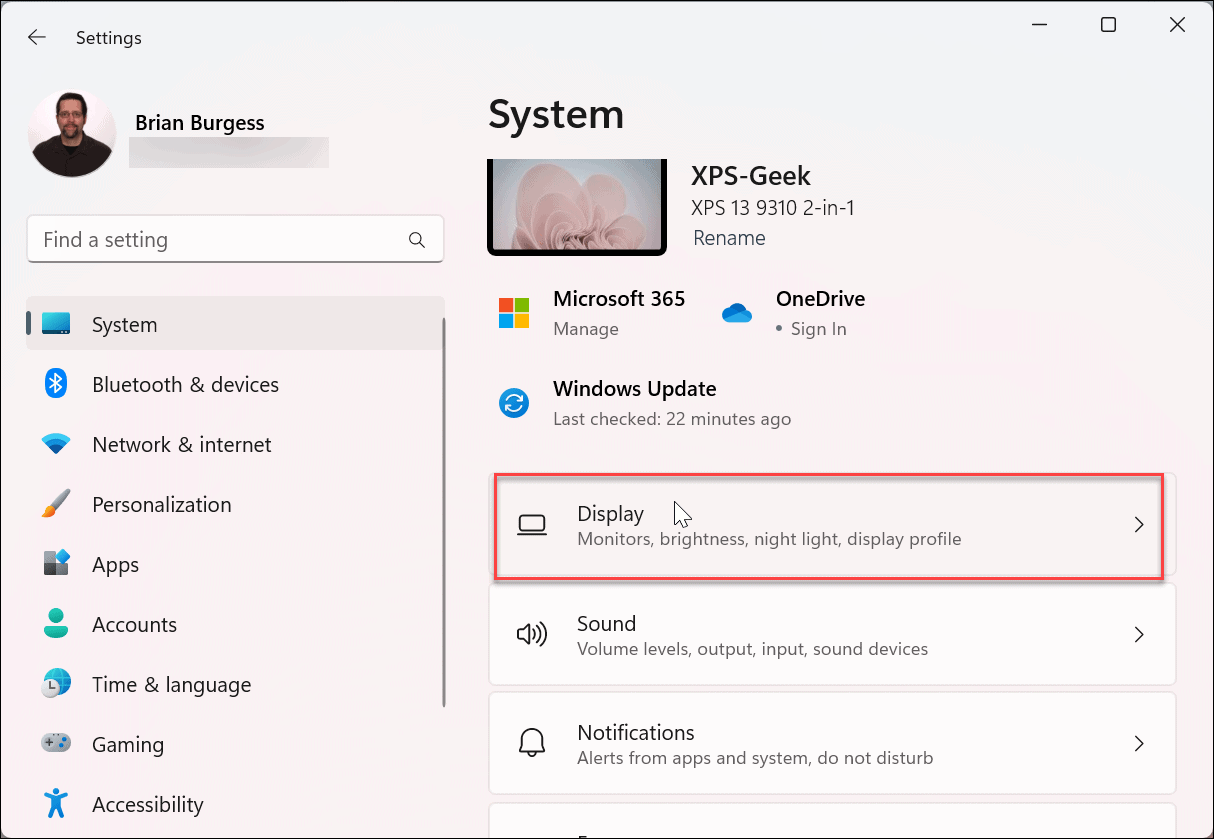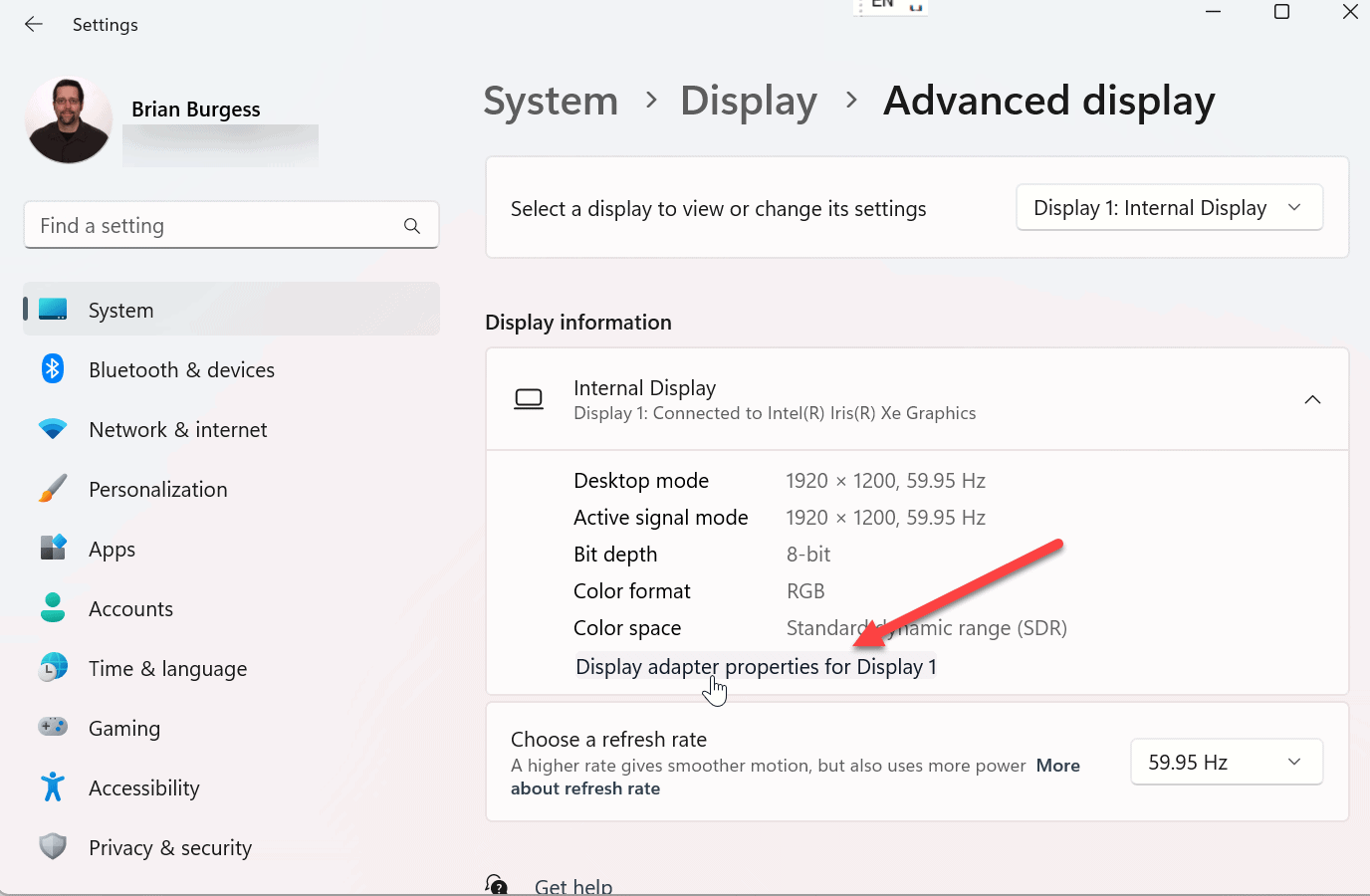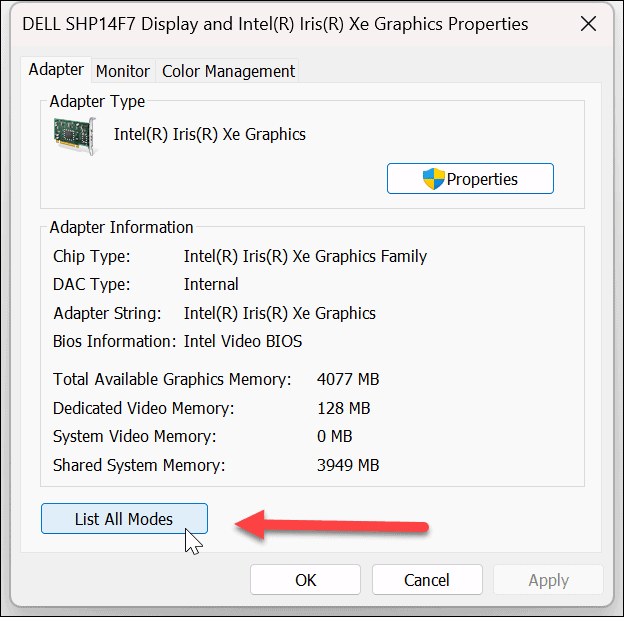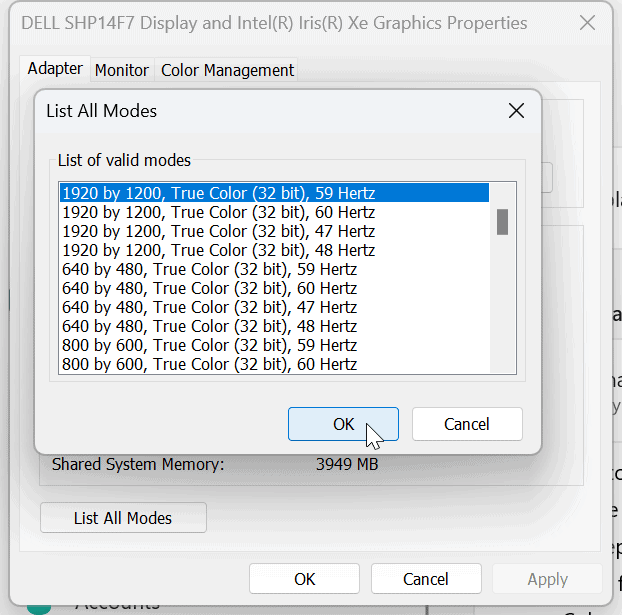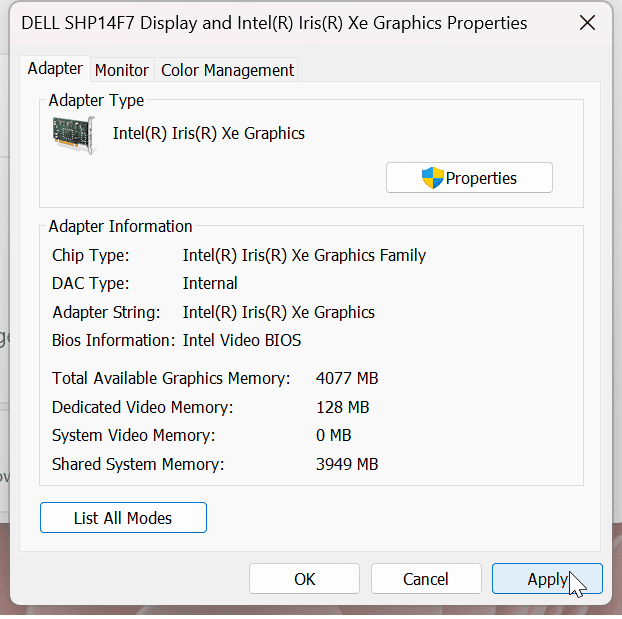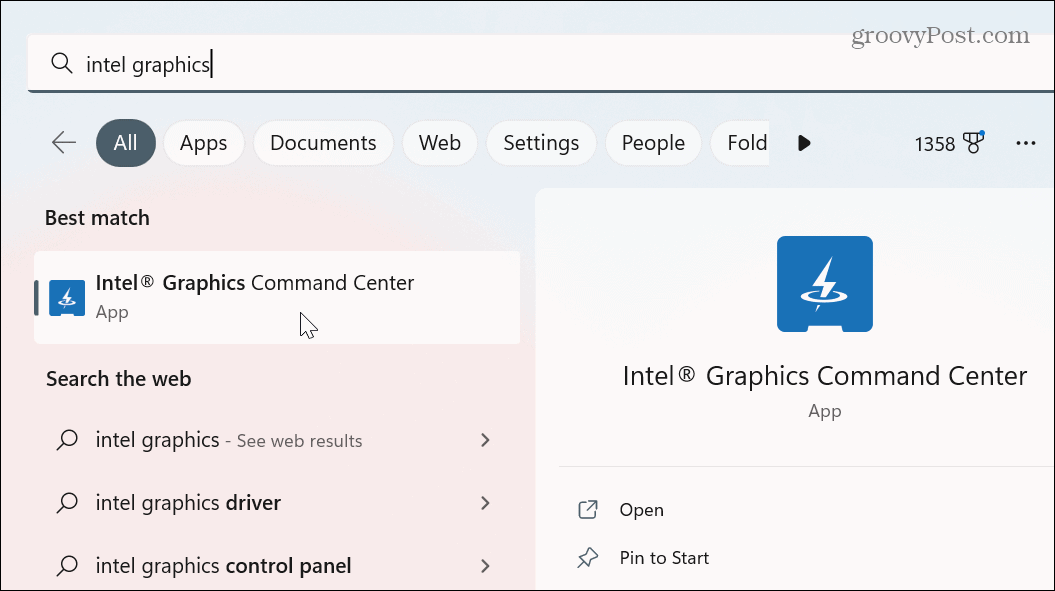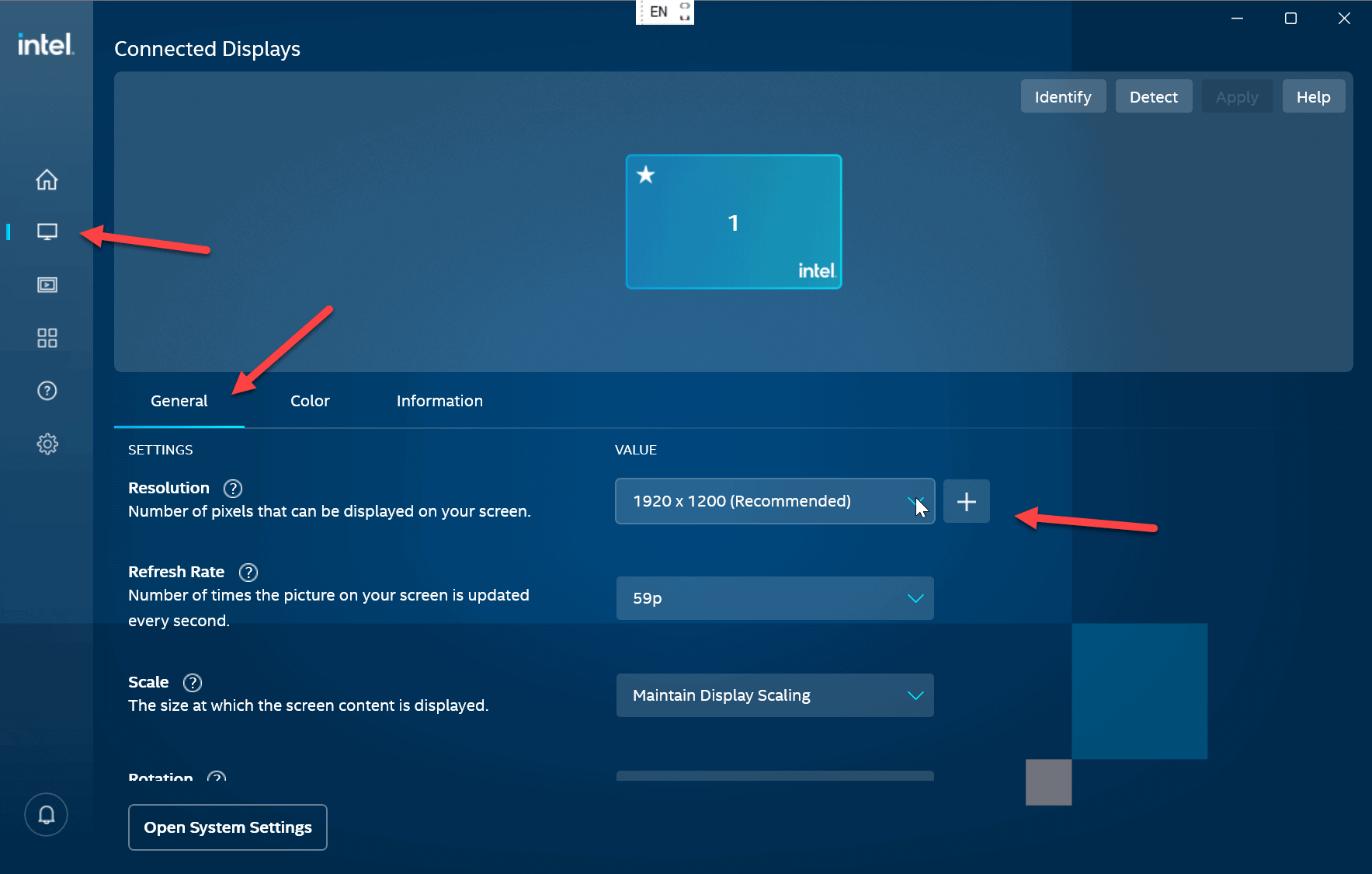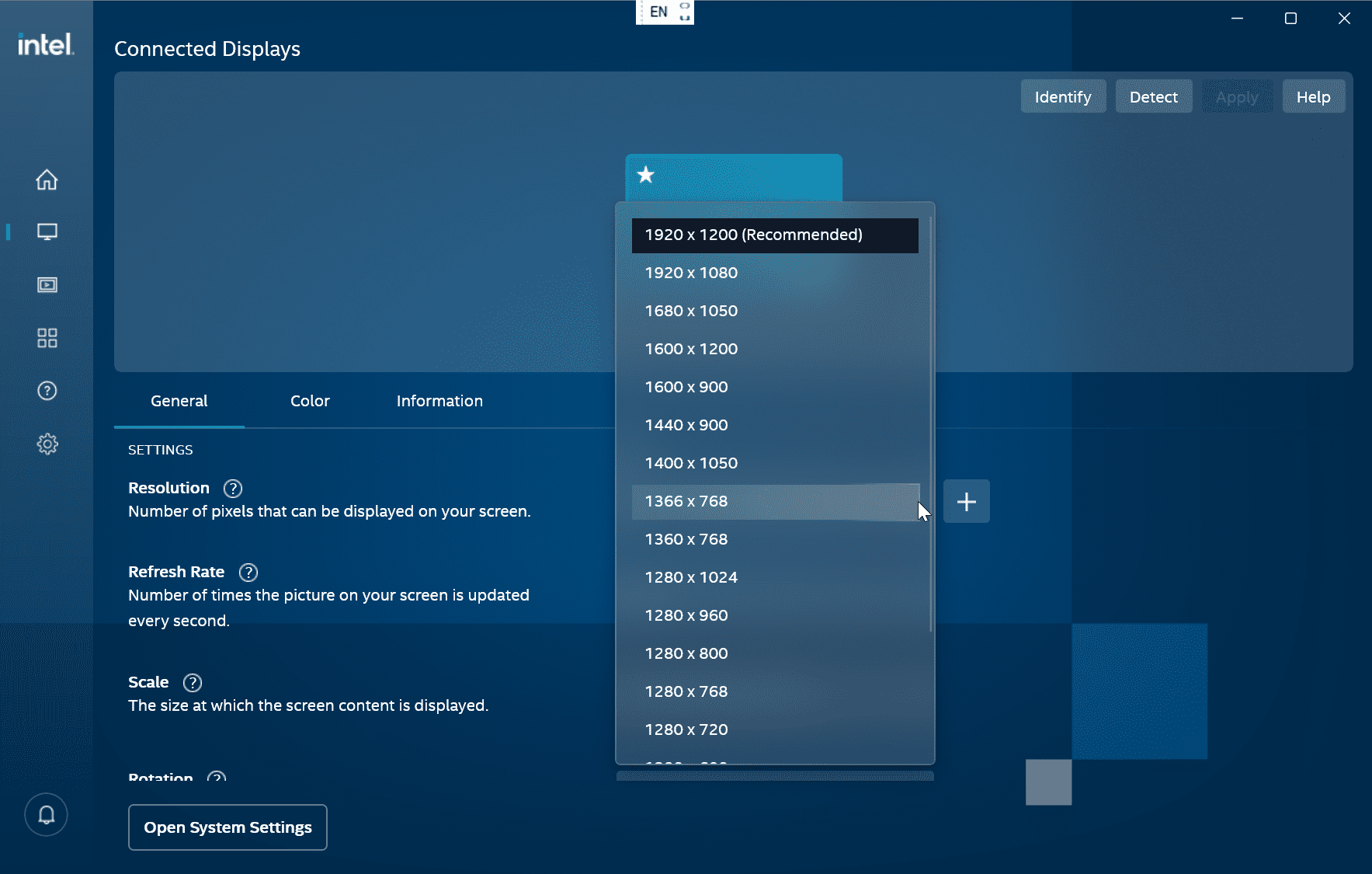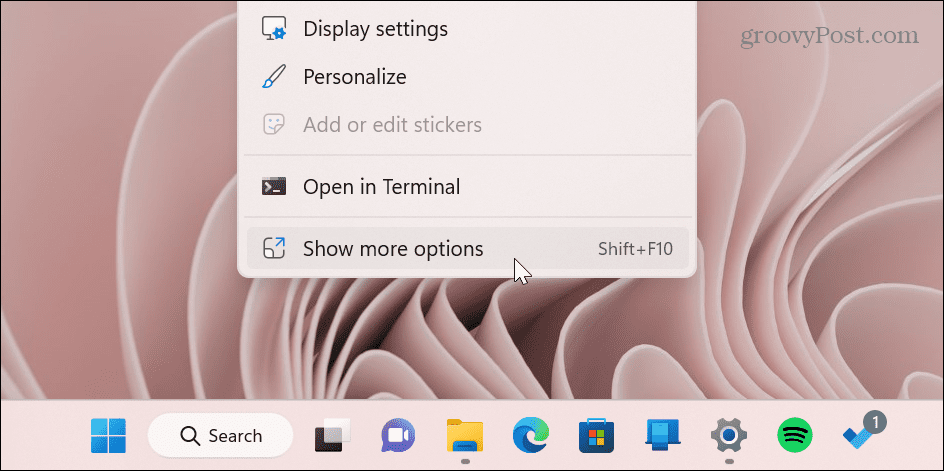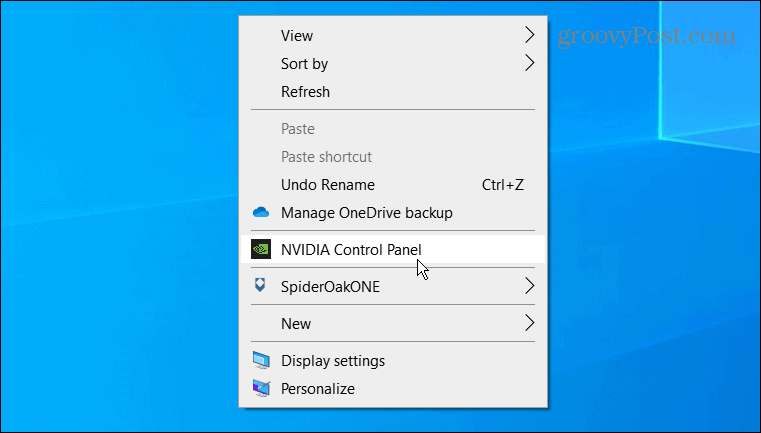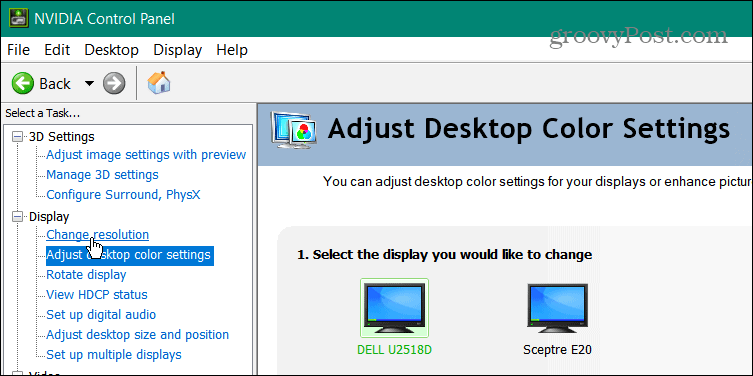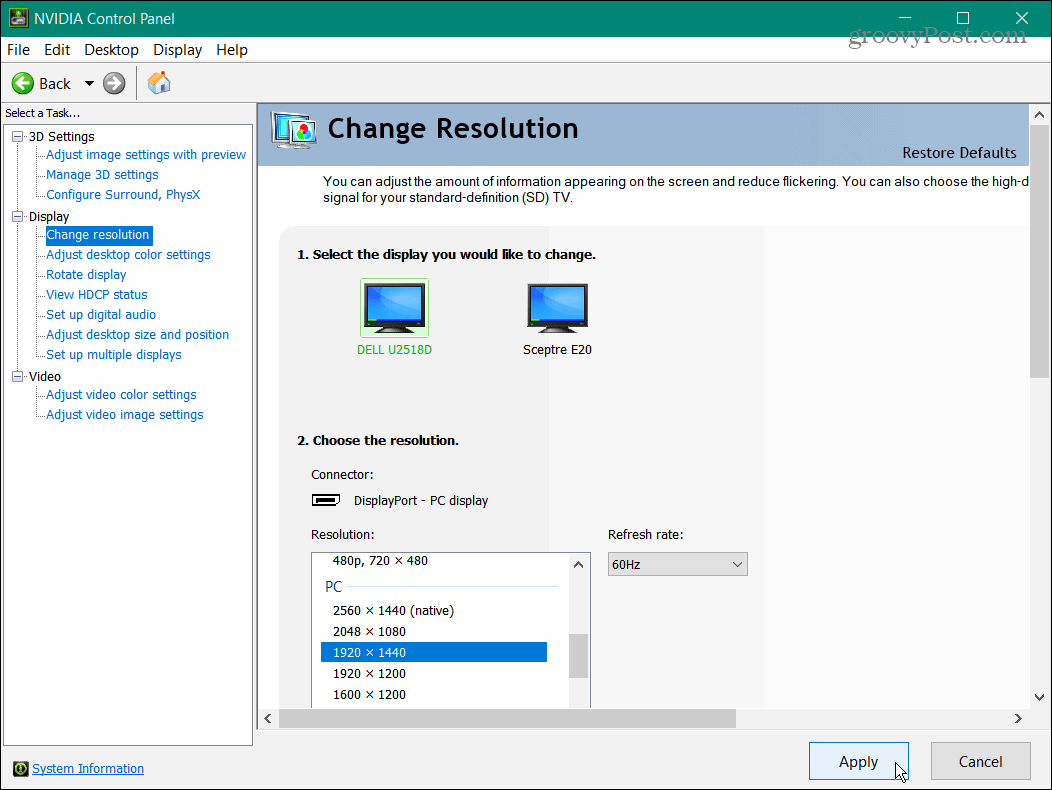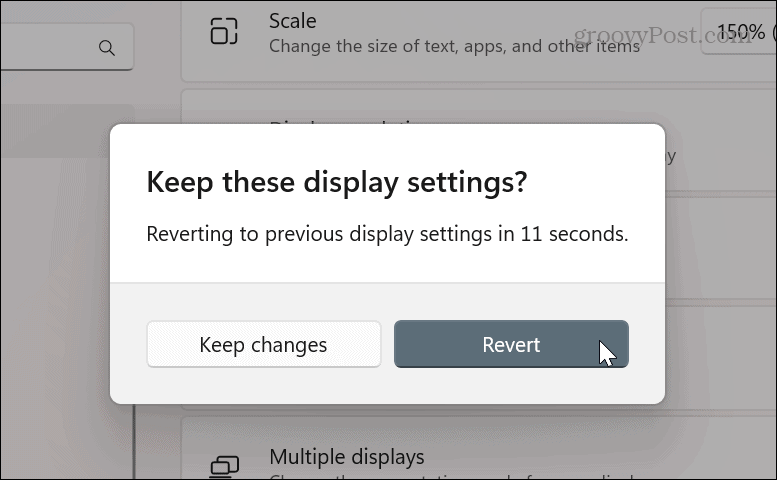Typically, Windows does an excellent job of automatically setting screen resolution on your monitor. However, there may be times when you need to change screen resolution on Windows 11 to achieve different results. Changing screen resolution is a straightforward process—you can change it in a few different ways. If you’re unsure how to change screen resolution on Windows 11, follow these steps.
How to Change Screen Resolution on Windows 11
One of the more straightforward ways to change screen resolution on a Windows 11 PC is by using the Settings app. Using the Display section allows you to configure resolution for one or multiple monitors. To use Settings to change screen resolution on Windows 11: Note: If you have a multi-monitor setup, make sure to select it (from the same page) before changing its resolution. Also, you might want to try different resolution settings to discover the one you like most.
How to Use Display Adapter Properties to Change Windows 11 Screen Resolutions
Another way you can change screen resolution on Windows 11 is by using the display adapter properties menu. To change screen resolution via display adapter properties on Windows 11:
How to Use Intel Graphics Command Center
If Intel graphics powers your PC, you can use the Intel Graphics Command Center app to change screen resolution. To use Intel Graphics to change screen resolution on Windows 11:
Use NVIDIA Control Center to Change Screen Resolution
If an NVIDIA GPU powers your PC’s graphics, you can use the NVIDIA Control Center app to adjust the screen’s resolution on your Windows 11 PC. To use NVIDIA Control Center to change screen resolution on Windows 11: It’s important to note that whatever method you use to change screen resolution, the screen will flicker and provide a sample of how the new resolution will look. You also get 15 seconds to keep the new resolution or revert the change.
Getting More from Your Monitor
Depending on the apps you use, sometimes changing your screen’s resolution makes sense. Perhaps you install a new graphics card and need to improve the resolution. Or, if you have poor eyesight, changing the monitor resolution to a lower setting can make a big difference. Whatever the reason for making the change, using one of the options above will help you get the results you need for your monitor. Once you have your screen resolution adjusted, there are other tools you can use to manage your monitor, like changing the refresh rate. You also might want to adjust the display scale settings on Windows 11. You might want to move the taskbar to the second monitor if you have a dual-monitor setup. In addition, you can set different wallpapers on each monitor. And if you are not on Windows 11 yet, no worries. Learn how to change screen resolution on Windows 10 instead. Comment Name * Email *
Δ Save my name and email and send me emails as new comments are made to this post.
![]()
